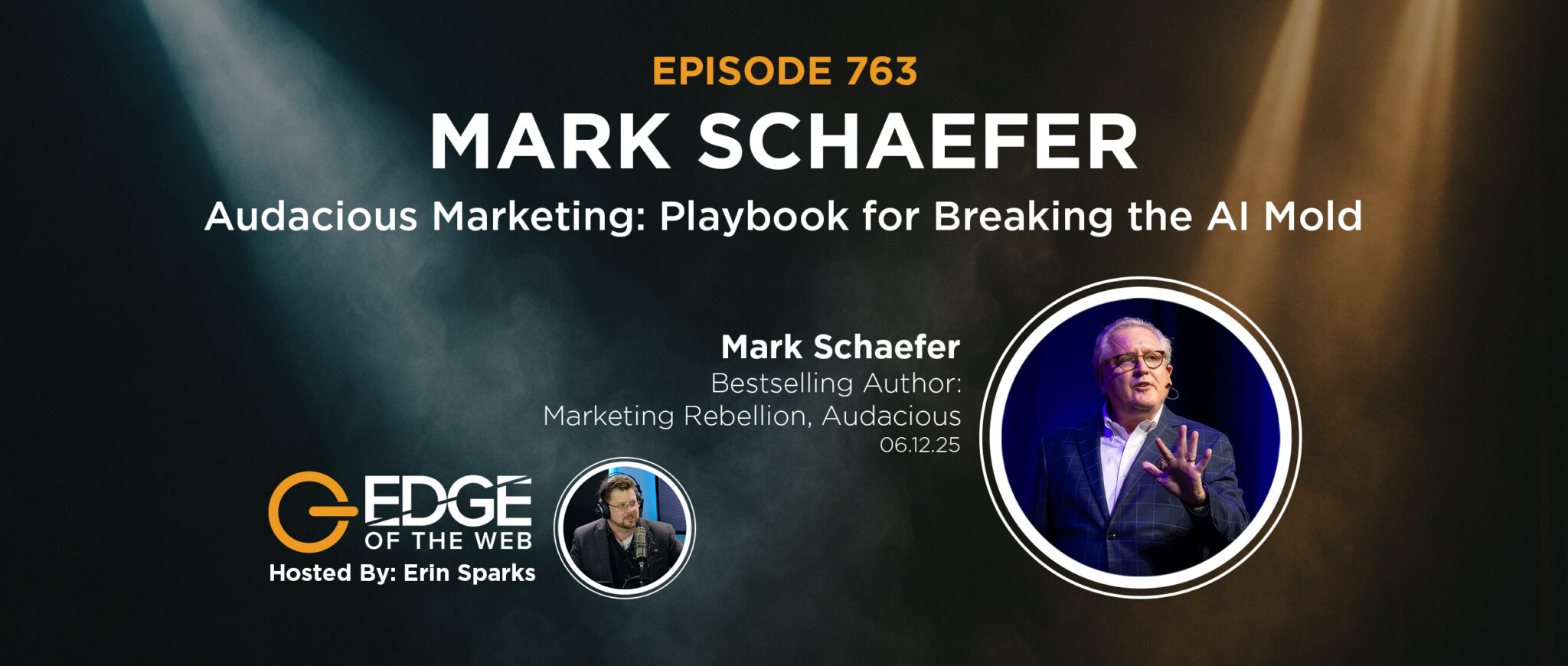Predictive modelling leverages statistics to predict outcomes. Most often the event one wants to predict is in the future, but predictive modelling can be applied to any type of unknown event, regardless of when it occurred. For example, predictive models are often used to detect crimes and identify suspects, after the crime has taken place. In many cases the model is chosen on the basis of detection theory to try to guess the probability of an outcome given a set amount of input data, for example given an email determining how likely that it is spam. Models can use one or more classifiers in trying to determine the probability of a set of data belonging to another set, say spam or ‘ham’. Depending on definitional boundaries, predictive modelling is synonymous with, or largely overlapping with, the field of machine learning, as it is more commonly referred to in academic or research and development contexts. When deployed commercially, predictive modelling is often referred to as predictive analytics.

EDGE of the Web is a weekly, hour-long SEO and Digital Marketing podcast hosted by Erin Sparks from Site Strategics.
Call Us Today! 1-877-SEO-4-WEB|info@edgeofthewebradio.com






